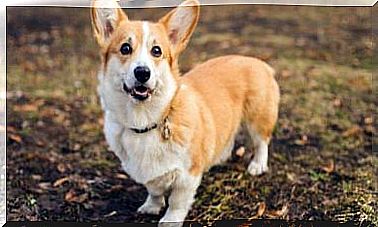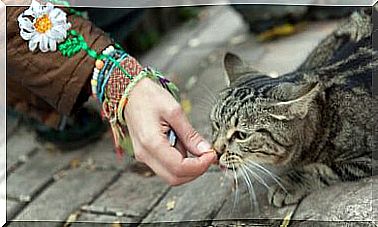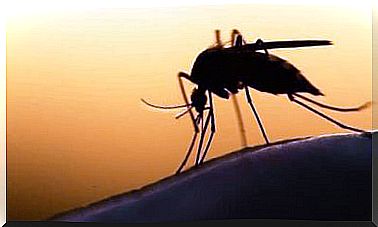What Is Extensive Livestock Farming?
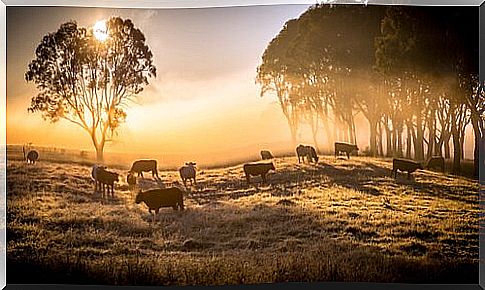
It is impossible to talk about the history of humanity without mentioning the very important role played by extensive farming. Starting from the Neolithic, only when man began to practice agriculture, developing breeding, was he able to definitively impose his own evolutionary success.
Although in recent years we have witnessed the “boom” of the intensive type, today we are returning to a more natural type of food production that follows the ancient methods of extensive farming, which we will talk about in this article.
What is meant by extensive livestock farming?
This model of animal production tries to efficiently exploit the natural resources of the territory, with the aim of maintaining harmony with nature, reducing the impact on the environment. That is, without thinking exclusively of mere profit.
Why is extensive farming important?
For the nutrition of livestock, extensive farming uses natural environments, such as prairies. This use modifies nature without endangering it, generating agroecosystems of which animals become, in turn, a fundamental part.
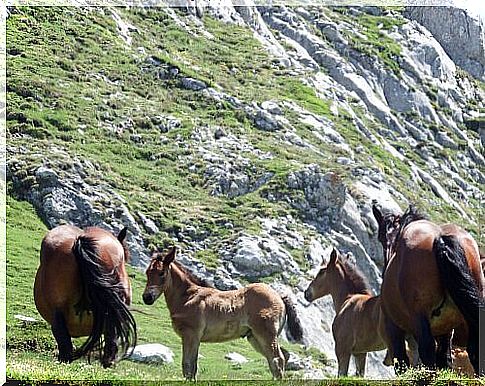
Thus, over the millennia, scenarios favorable to livestock have been formed and of which cattle are now a part. A clear example of this is the dehesa, an ecosystem derived from the Mediterranean forest, with holm oaks, cork, beeches, pines and a typical turf perfect for grazing livestock. As we understand, extensive farming also helps prevent forest fires.
What are the differences with intensive farming?
As the name also indicates, intensive farming seeks to obtain maximum profitability from the exploitation of animals, endangering entire ecosystems and the welfare of the animals that are raised in this production model.
The energy expenditure and pollution generated by intensive farming are enormous, since it takes a lot of land to house these animals and their food. Industrial feed requires huge monocultures of soybeans and cereals, which often cause deforestation and habitat destruction for many species.
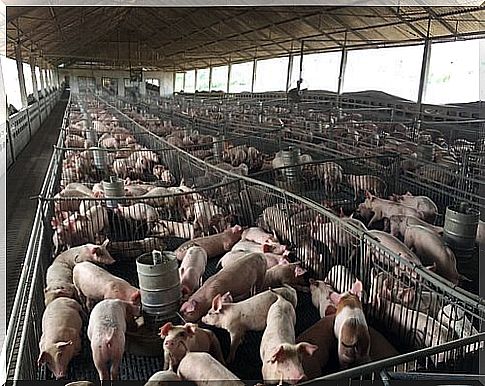
How come it is not only extensive farming that is practiced?
First, although the benefits of extensive farming are well known, the need for the market must be considered. It would be impossible to satisfy the very high world demand for meat quickly enough, obtaining it only from a type of farming that includes herds or flocks left free in the pastures. Furthermore, extensive farming involves more expensive products, since production is not centralized, nor organized by large multinationals that can cut costs in terms of collection and distribution.
These are the two main reasons why, although this type of farming is more respectful of animals and the environment, we end up preferring intensive farming.
It is therefore a problem that affects all of us as consumers. Accustomed to a low cost market , in which you can buy a lot of meat at low cost, it is unthinkable that small producers of intensive farming can establish themselves. Having higher processing and production costs, they necessarily have higher prices, but which hardly anyone is willing to pay. On the one hand we complain about the low quality of the meat, on the other hand we don’t agree to pay for it.
The problem of wolves with extensive livestock
Furthermore, to keep production prices low, many farmers have to give up adequate safety measures against possible predators. While intensive farming provides closed and protected places, extensive farming exposes livestock to attack by carnivorous animals.
This is another spanner in the works for extensive farming. In Italy, attacks by wolves and foxes can create serious problems for farmers. Only by purchasing local products, the famous “zero kilometer”, can this type of free-range farming be supported and fostered, which is more respectful and healthy. Farmers would have more resources to protect livestock by offering absolutely better quality products to the market.
